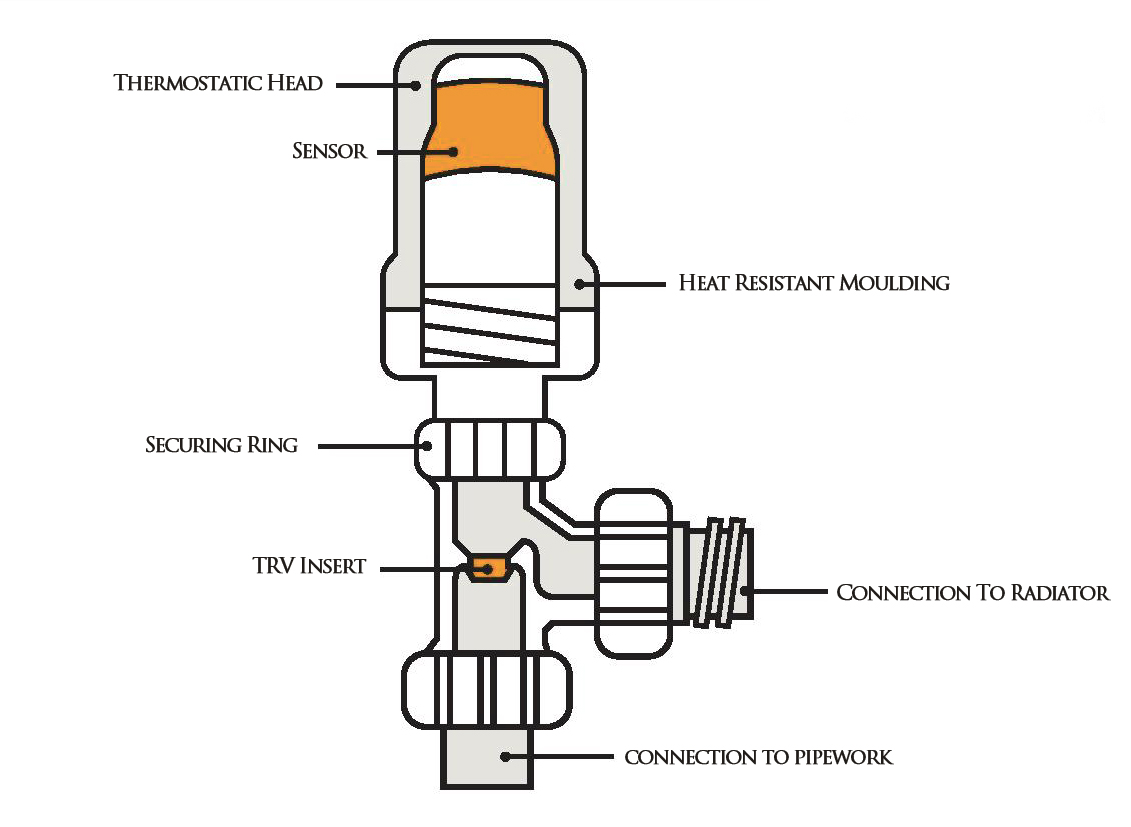- Shower Panels
-
Showering
- Shower Doors & Enclosures
- Walk In Showers & Wetroom Glass
- Shower Trays
- Shower Valves
- Bath Shower Screens
- Shower Accessories & Spares
- Shower Pumps
- View all products...
-
Bathroom Suites
- Complete Bathroom Suites
- Baths
- Toilets & Bidets
- Basins
- View all products...
- Taps
- Furniture
- Radiators
-
Ceilings, Floors, Tiles
- PVC Ceiling Panels
- Bathroom Flooring
- Tiles, Tile Trims & Adhesives
- Underfloor / Undertile Heating
- View all products...
- Accessories
- Extras
- Plumbing
- Wet Rooms
- Shower Panels
-
Showering
- Shower Doors & Enclosures
- Walk In Showers & Wetroom Glass
- Shower Trays
- Shower Valves
- Bath Shower Screens
- Shower Accessories & Spares
- Shower Pumps
- View all products...
-
Bathroom Suites
- Complete Bathroom Suites
- Baths
- Toilets & Bidets
- Basins
- View all products...
- Taps
- Furniture
- Radiators
-
Ceilings, Floors, Tiles
- PVC Ceiling Panels
- Bathroom Flooring
- Tiles, Tile Trims & Adhesives
- Underfloor / Undertile Heating
- View all products...
- Accessories
- Extras
- Plumbing
- Wet Rooms
TRV & How They Can Save you Money

Are you looking to upgrade your radiator valves to thermostatic radiator valves (TRVs) and you want to know how to get the best out of them, we hope you find the below information helpful.
What is TRV valve?
TRV is short for Thermostatic radiator valves. TRVs are an easy and inexpensive way to separately control the temperature of individual rooms in your home. The main benefit of thermostatic radiator valves is that they automatically give you room temperature control, and they help you heat your property more efficiently, which saves you money on your heating bill.
If you’ve got thermostatic radiator valves or TRVs, you’ll usually find them on the side of your radiators. A radiator control valve looks like a cylindrical dial numbered from 0-6 that you can manually twist. If set up correctly, radiator valves allow you to have one centralised boiler providing the heat, with differing levels of heat throughout different rooms in your house.
A TRV is made up of the two parts; the thermostatic valve head (with the dial) and the valve body underneath, which fixes onto the pipe coming from the boiler and going into the radiator.

TRVs help you save energy and money
Thermostatic radiator valves’ energy saving potential are their main draw. If you’re smart about setting up your TRVs correctly, you can control individual room temperatures and save money by avoiding the overheating typically caused by manual valves allowing you to reduce heating in unused room but allow for a small amount of heating to reduce any risks of damp and mould.
TRV valve control numbers do not refer to the radiator’s temperature.
The numbers on the thermostatic valve indicate the temperature in the room, not the rad. The temperature of the radiator is dependant on the temperature of the water inside the radiator which is control by the boiler/heating system and its settings.
TRV detects the ambient temperature of the specific room it’s in and therefore lets more or less hot water into its corresponding radiator from the boiler as required.
The Numbers on the TRV as a guide are as follows.
0 = Off
* = 7°C
1 = 10°C
2 = 15°C
3 = 20°C
4 = 25°C
5 = 30°C
What’s the ideal setting for my radiator?
The ideal setting is actually 2 or 3 depending on the room and is use, ie a living room should be warmer than a bedroom. Setting a 2-3 will provide the best energy performance. So set it there, leave it and you will be pleasantly surprised that it does its job perfectly.
Can all radiators have thermostatic valves?
A key benefit of TRVs is their energy saving potential, as they help homeowners to avoid overheating rooms that don’t need to be heated as much, when compared with manual valves. However, while TRVs can, technically, be installed on all radiators, it’s usually a good idea to leave one radiator without a TRV and permanently switched on.
Ideally, this should either be a bathroom, which would usually benefit from permanent heat, or the room with the thermostat in it. Having a TRV on a radiator in the same room as your thermostat may cause your system to mis-function, as if the radiator cuts out at a lower temperature, it can trick the thermostat into thinking the house is cooler than it really is, which may cause it to overcompensate by heating up even more.
We hope you find the above information helpful. Should you wish to see our range of Thermostatic Radiator Valves or Radiators please visit our website at www.rubberduckbathrooms.co.uk
This guide was created for reference only. www.rubberduckbathrooms.co.uk can not be held responsible for injury or damage caused if you decide to use this method.







